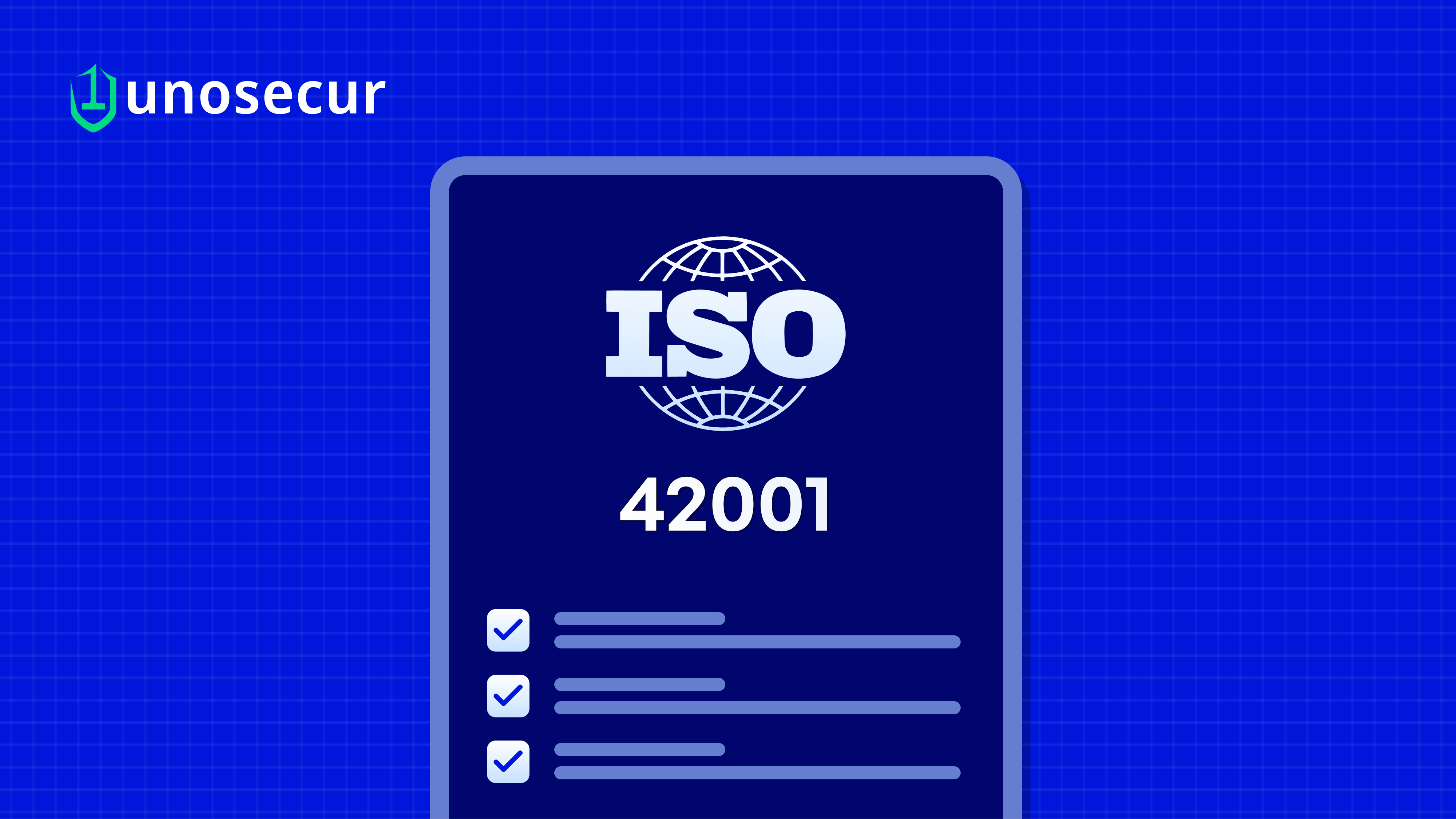5 mistakes that slow down Zero Trust rollouts (and how to fix them)
.png)
Zero Trust is not a network project; it’s an identity program. It promises a tighter, more resilient posture.
The success of your Zero Trust system is visible in coverage (MFA/passwordless), reduction (entitlements), speed (TPV vs MTTR), and automation (auto-closed incidents). However, Unosecur has seen many programs stall after the kickoff deck. The same patterns appear across enterprises: unclear identity baselines, partial MFA coverage, over-permissioned roles, neglected machine accounts, and “pilot that never ends” syndrome.
Take the case of Okta, a leading identity and access management provider. In October 2023, Okta, experienced a breach in which attackers accessed customer support systems by exploiting a poorly monitored service account.
Because this account was not included in Okta’s main identity governance oversight, or subject to the same continuous monitoring and credential rotation as human accounts, its compromise went undetected at first. This aligns closely with NIST SP 800-207 and other Zero Trust frameworks, which emphasize that all identities - human, machine, API, and service accounts - must be included in identity security policies and continuous validation processes.
Below are the five mistakes we see most often, plus a concrete fix for each. No matter what you scale of cooperation is, you can use this as a pre-flight before your next sprint.
Mistake 1: Starting with the network, not identities
The pain
Teams buy or reconfigure network controls first (micro-segmentation, new VPN policies), then discover they still don’t know who has what access across SaaS and cloud. Projects stall when app owners can’t reconcile directory groups with actual entitlements.
Symptoms
- Conflicting numbers for “total users” vs. “active identities”
- Unknown service accounts and orphaned roles from old projects
- Disagreements over who approves access changes
The fix
Lead with access discovery. Build a current inventory of users, groups, service accounts, roles, policies, and effective permissions across cloud and on-prem. Assign each identity an owner, purpose, and sensitivity. That baseline lets you set meaningful scope, sequence applications, and measure entitlement reduction from day one.
Quick start
- Export identities and group memberships from your IDP/AD and top 3 SaaS apps
- Tag high-risk identities (privileged, break-glass, external)
- Document owners and approval paths for the top 20 critical apps
Mistake 2: Treating MFA as a checkbox (and creating friction everywhere)
The pain
MFA is “enabled,” but coverage is partial. Admins, service accounts, and legacy apps sit in the exception pile. Meanwhile, users drown in prompts, revolt, and adoption stalls.
Symptoms
- MFA bypass for VIPs and shared admin accounts
- Legacy protocols (POP/IMAP, basic auth) still in use
- Support tickets spike from prompt fatigue
The fix
Pair MFA with passwordless and risk-based policies. Move high-risk cohorts (admins, finance, contractors) to passwordless first, keep MFA as fallback, and apply step-up only when context is risky (new device, geo velocity, session anomalies). Protect break-glass accounts with hardware keys in sealed processes, not “MFA-exempt” flags.
Quick start
- Target 100% MFA for admin roles; remove exemptions
- Pilot FIDO2/passwordless with one admin team
- Disable legacy basic auth where technically feasible.
Mistake 3: Lifting and shifting RBAC (and leaving standing privilege everywhere)
The pain
Static roles and broad groups are copied into cloud accounts. Least privilege is “on the roadmap.” Attackers love this: compromise a single identity and you’ve granted them days of lateral movement.
Symptoms
- Roles labeled “admin” or “power user” used for daily work
- Everyone in engineering has “contributor” in prod
- Quarterly access reviews rubber-stamp everything
The fix
Turn standing access into Just-in-Time access. Use CIEM/IGA to right-size entitlements, remove dormant roles, and enforce time-bound elevation for admin tasks. Tie elevation to stronger auth (passwordless + step-up) and auto-revoke when the task completes.
Quick start (this sprint)
- Identify top 10 over-permissioned roles and replace with JIT workflows
- Create deny-by-default guardrails for prod resources
- Add an automated “excess privilege” report to your weekly review
Mistake 4: Ignoring machine identities (service accounts, keys, tokens)
The pain
Non-human identities (NHIs) explode in multi-cloud: CI/CD bots, integration users, API keys, workload identities. They rarely rotate secrets, often bypass MFA, and frequently hold broad rights.
Symptoms
- Unknown origin or owner for service accounts
- Long-lived API keys with wildcard permissions
- Tokens reused across environments (dev → prod)
The fix
Treat machine identities as first-class citizens. Discover them all, assign owners, enforce least privilege, rotate keys on a schedule, and prefer short-lived, scoped tokens with audience restrictions. Log and alert on unusual use (e.g., a build bot touching prod data).
Quick start
- Inventory NHIs in your cloud accounts and top SaaS platforms
- Revoke or rotate any key older than 90 days with broad scope
- Require JIT tokens for privileged automations
Mistake 5: Treating Zero Trust as a one-time project (no continuous detection/response)
The pain
Controls are deployed, documents are filed, and dashboards go quiet. Meanwhile, entitlements drift, new apps appear, and attackers adapt. Without continuous monitoring and automation, your “Zero Trust” degrades.
Symptoms
- New admin roles appear without review
- Token misuse or impossible travel alerts go unnoticed
- Patch latency (TPV) drifts far beyond incident MTTR
The fix
Embed ITDR and automation. Continuously verify sessions, tokens, and directory changes. When anomalies hit, respond at machine speed: revoke tokens, disable accounts, rotate secrets, and open tickets with context attached. Operationally, align TPV ≈ MTTR so patches ship as fast as you remediate incidents.
Quick start
- Add automated playbooks for “suspicious token,” “rogue admin grant,” and “key leaked”
- Put TPV and MTTR on the same exec dashboard; set thresholds
- Schedule weekly access discovery scans and alert on drift
Bonus: A four-week action plan to roll up the fixes
- Week 1: Run access discovery; tag high-risk identities; baseline MFA/passwordless coverage.
- Week 2: Eliminate MFA exemptions for admins; pilot passwordless; disable legacy auth.
- Week 3: Convert top standing admin roles to JIT; rotate aged API keys; assign NHI owners.
- Week 4: Deploy ITDR playbooks; add TPV next to MTTR on the exec dashboard; set monthly targets.
Explore our other blogs
Don’t let hidden identities cost you millions
Discover and lock down human & NHI risks at scale—powered by AI, zero breaches.



